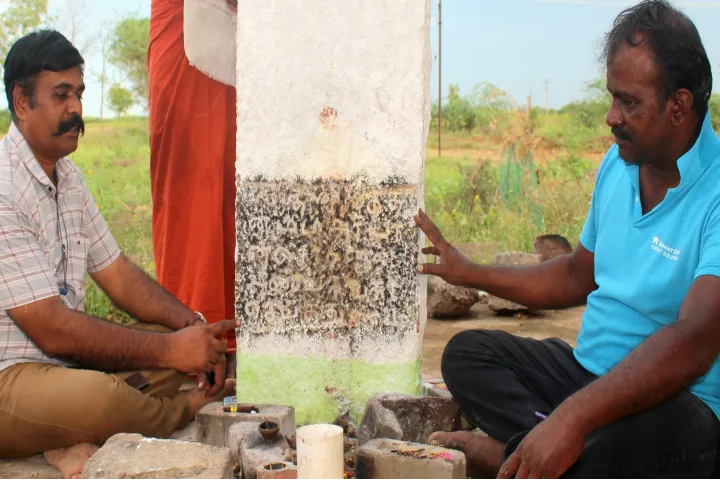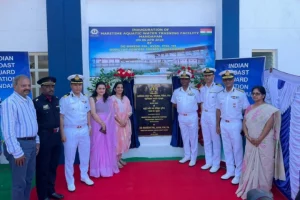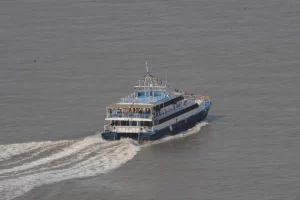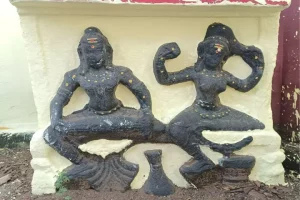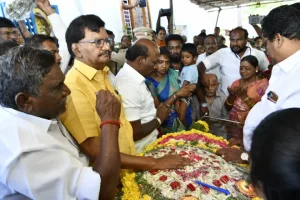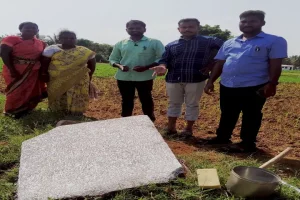Members of the Ramanathapuram Archaeological Research Foundation found a vital picottah stone pillar inscription at Pattakulam Sallipatti which is located in Virudhunagar district near Srivilliputhur, Tamil Nadu. This 750-year-old engraving belongs to the later Pandya period.
A picottah is an adoption of the conventional counterpoise life commonly used in south India to pump or take out water for drinking, irrigation and other purposes from a well.
Rajaguru and Noorsahipuram Sivakumar of RARF found the picottah stone pillar inscription in front of Sribalandi Ayyanar temple during their field visit. They made an exact copy of the inscription and studied it.
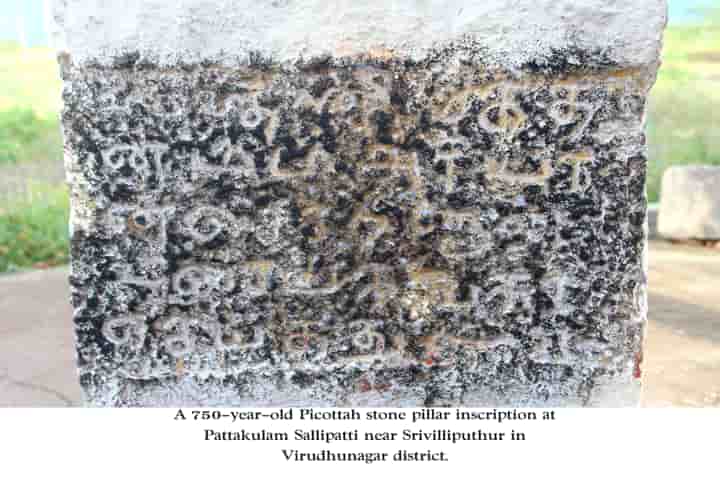
Elaborating about picottah, Rajaguru told India Narrative: “This mechanism was used widely when enough rainwater was not available and the water bodies like ponds had dried up. Such wells were constructed by the rulers and merchants of the area and it had been in practice since Pandya times. It is known that those wells dug near the temple are Thiru Manchanam (holy water for bathing an idol) wells and those on the roads are public drinking wells.”
Sharing details about the inscription Rajaguru informed India Narrative: “There is a rectangular stone pillar seven feet high and one-and-a-half feet wide in front of the temple. Its top is narrow. At the bottom of it is an inscription in five lines which states that ‘Swastishri Ariyan Choran Vijaya Kangar made the donation’. The temple which is situated on the bank of Pattakulam tank and the picottah was used to pump water from a well. Kangar donated the well and the picottah.”
About Kangar, Rajaguru said: “It is possible he may have been the ruler of the region during the Pandya period. While only the picottah is there, the well may have been closed.” He added: “Based on the script of the inscription it can be assumed that it belonged to the 13th-14th Century AD of the later Pandya. At the end of the 13th century AD, it is known that there was a scarcity of water in these areas.”
A similar picottah stone pillar had been found in Vizhuppanur, which is very close to this village. The information on this pillar states that a person from the Malai Mandalam (Kerala) built a well and a picottah.






